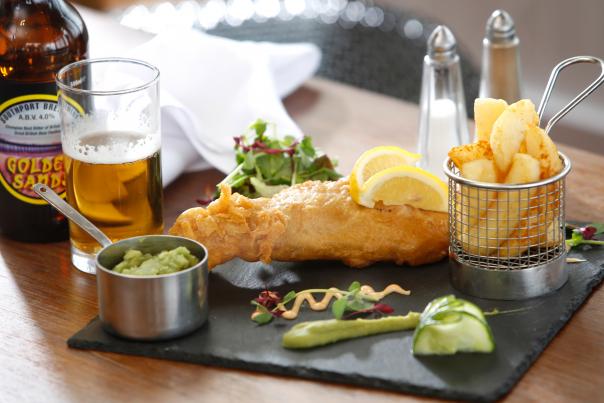
According to company supply information, quotas for haddock are down by 13% compared with last year and, combined with reports of “poor catching,” means that “prices are rising fast, with less availability to meet demand.”
The cost of potatoes is also expected to increase due to “continuous challenges in the UK potato sector” including market volatility, Brexit concerns and the reliance on European workers, all of which are integral to the farming process.
Beacon managing director, Paul Connelly, explained: “(Beacon’s) insight implies that the cost of traditional fish such as cod or haddock used at your local (fish and chip) restaurant could rise for operators, and decreased quotas and poor catches could mean supply cannot meet demand.
“It is also important to consider that landings impact pricing more than quotas, so it is the current combination of both quota reductions and lower levels of landings that are most likely to impact the cost of fish.
“Combined with challenges in the UK potato market, this is threatening the popularity and pricing of the traditional Friday night fish and chips.
“We predict that, like most price rises, this could impact smaller restaurants and outlets the most. These businesses are less able to absorb the rising costs forcing them to pass price increases onto their customers.
“Businesses could consider offering alternative types of fish such as pollock, coley or hake to keep prices down.”